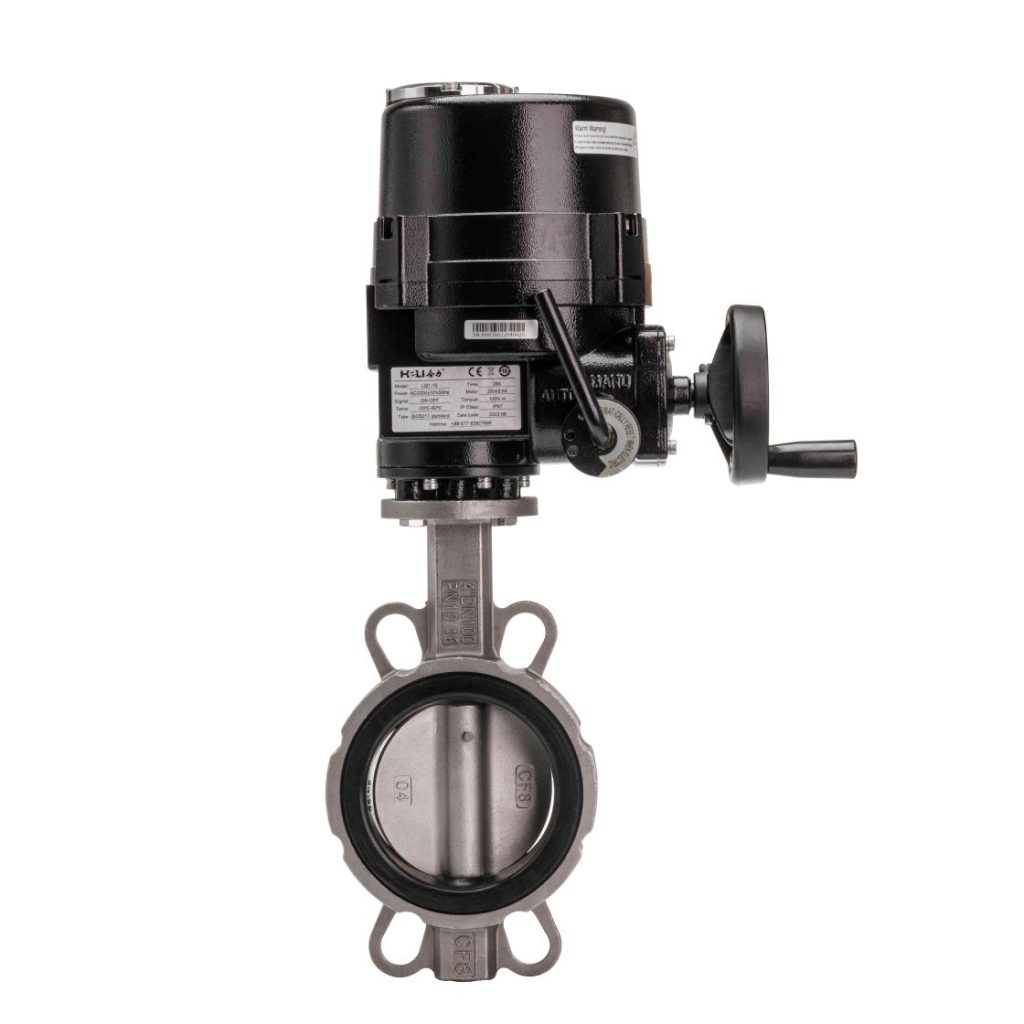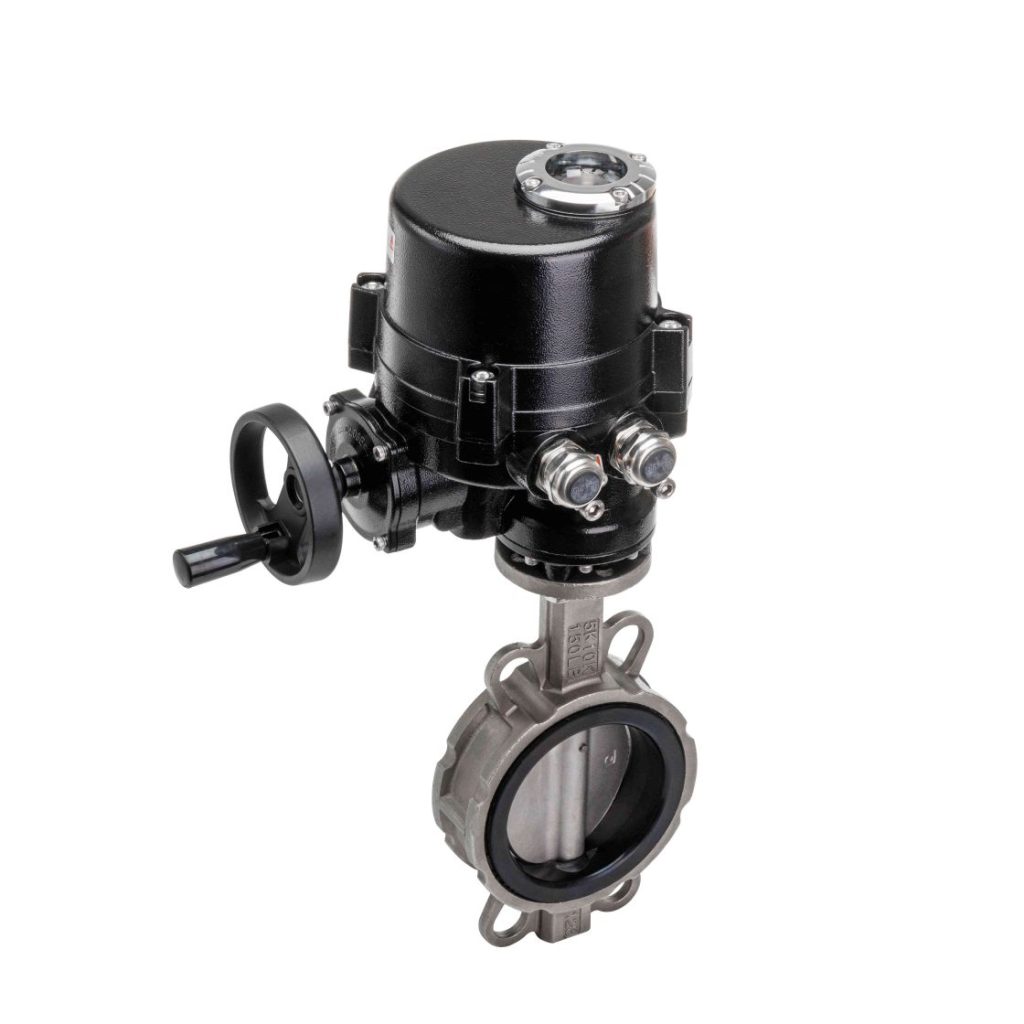The WCB Electric Clamp Butterfly Valve is a widely used device in various industries, particularly for controlling the flow of liquids and gases in pipes. Known for its durable construction, ease of installation, and efficient operation, this valve plays a critical role in numerous applications, from water treatment plants to chemical processing. In this article, we will explore the key features, advantages, and uses of the WCB Electric Clamp Butterfly Valve.

What is a WCB Electric Clamp Butterfly Valve?

The WCB Electric Clamp Butterfly Valve is a type of quarter-turn valve that utilizes an electric actuator to control the opening and closing of the valve. The valve’s body is typically made from WCB (Carbon Steel), which offers excellent strength and resistance to wear and tear. The “clamp” feature refers to the way the valve body is connected to the pipeline using a clamping mechanism, making installation quicker and more secure. The butterfly valve is equipped with a circular disc or plate that rotates to regulate flow. When the valve is in the open position, the disc is aligned with the flow of fluid, allowing it to pass through with minimal resistance. Conversely, when the valve is closed, the disc rotates 90 degrees, sealing off the pipe and stopping the flow of fluid.
